Bornean Orangutan
- January 18, 2024
- 0 comment
The Bornean orangutan (Pongo pygmaeus) is a remarkable and iconic species of great ape found exclusively on the island of Borneo, which is the third-largest island in the world and is divided among three countries: Malaysia, Indonesia, and Brunei. These incredible primates are instantly recognizable by their long, shaggy reddish-brown fur, distinct cheek pads, and remarkable resemblance to their distant human relatives. Bornean orangutans are the largest arboreal creatures globally, with males weighing up to 180 pounds and reaching heights of 4.6 feet.
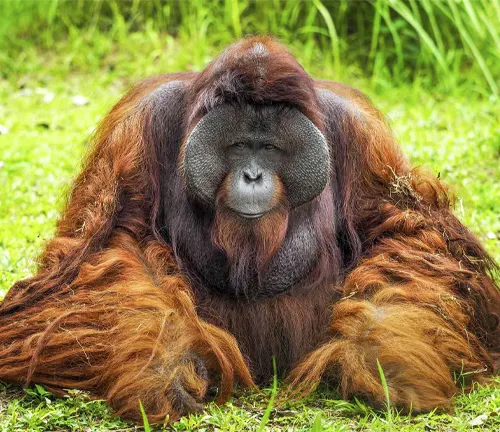
What sets them apart is not just their striking appearance but also their extraordinary intelligence. They are renowned for their problem-solving abilities, tool usage, and even exhibit cultural variations among different populations. However, despite their remarkable adaptations and intellect, Bornean orangutans face significant threats, primarily stemming from habitat loss due to deforestation, illegal wildlife trade, and the impacts of climate change. Efforts are underway to protect and conserve these incredible creatures and their unique rainforest habitats, as they are an integral part of Borneo’s rich biodiversity.
| Specification | Description |
|---|---|
| Scientific Name | Pongo pygmaeus |
| Common Name | Bornean Orangutan |
| Classification | Mammalia (Class) > Primates (Order) > Hominidae (Family) |
| Subspecies | P. p. pygmaeus, P. p. morio, P. p. wurmbii |
| Habitat | Tropical rainforests of Borneo |
| Distribution | Borneo Island (parts of Indonesia and Malaysia) |
| Average Weight | Males: 50-90 kg (110-200 lbs), Females: 30-50 kg (66-110 lbs) |
| Height | Males: about 1.2-1.4 m (3.9-4.6 ft), Females: about 1-1.2 m (3.3-3.9 ft) |
| Lifespan | Up to 35-45 years in the wild, longer in captivity |
| Diet | Primarily frugivorous (fruits), leaves, bark, insects |
| Behaviour | Mostly arboreal, solitary, territorial |
| Reproduction | Slow reproduction rate; gestation about 8-9 months |
| Conservation Status | Critically Endangered (IUCN) |
| Unique Features | Long arms, reddish-brown hair, highly intelligent, use of tools |
| Threats | Deforestation, illegal wildlife trade, hunting |
The Enigmatic World of the Bornean Orangutan (Pongo pygmaeus)
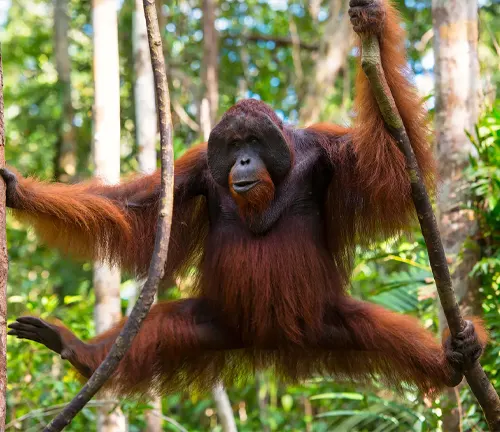
Borneo, the third-largest island in the world, is home to one of nature’s most enigmatic creatures – the Bornean orangutan, scientifically known as Pongo pygmaeus. These magnificent primates have captured the hearts of wildlife enthusiasts and researchers alike, with their incredible intelligence, distinct characteristics, and the challenges they face in their natural habitat.
In this article, we’ll delve into the fascinating world of Bornean orangutans, exploring their biology, behavior, conservation status, and the vital role they play in the ecosystem.
The Unique Features of Bornean Orangutans
Physical Appearance
Bornean orangutans are renowned for their distinctive appearance, characterized by their long, shaggy reddish-brown fur and a face framed by remarkable cheek pads. Males can weigh up to 180 pounds and reach heights of 4.6 feet, making them the largest tree-dwelling animals on Earth.
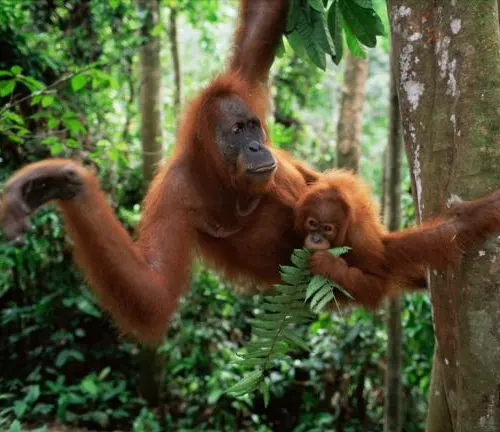
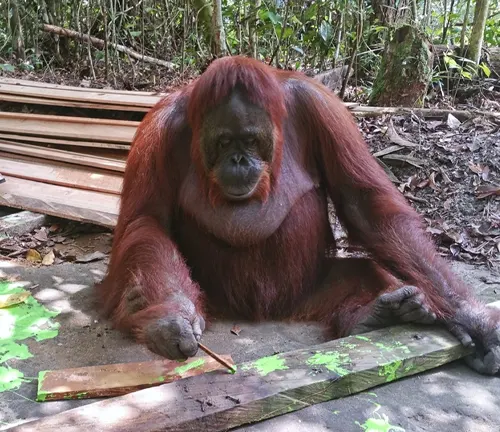
Intelligent Creatures
These remarkable primates are known for their exceptional intelligence. They exhibit a wide array of problem-solving skills, tool usage, and even cultural variations among different populations, displaying their cognitive prowess.
Arboreal Lifestyle
Bornean orangutans are highly arboreal, spending most of their lives in the treetops. Their long arms and hook-like hands are adapted for effortless swinging and climbing through the dense rainforest canopy.
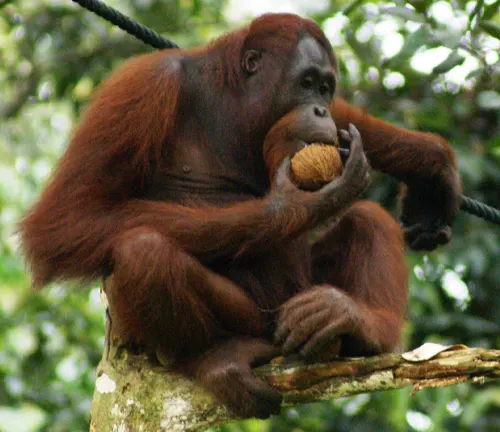
The Behavior of Bornean Orangutans
Solitary Creatures
Unlike their African cousins, Bornean orangutans are primarily solitary creatures. They lead a predominantly solitary lifestyle, with males and females coming together only for mating purposes.
Diet and Feeding Habits
Their diet mainly consists of fruit, leaves, bark, insects, and occasionally small vertebrates. Their eclectic diet makes them crucial for seed dispersal in the rainforest, playing a significant role in maintaining ecosystem balance.
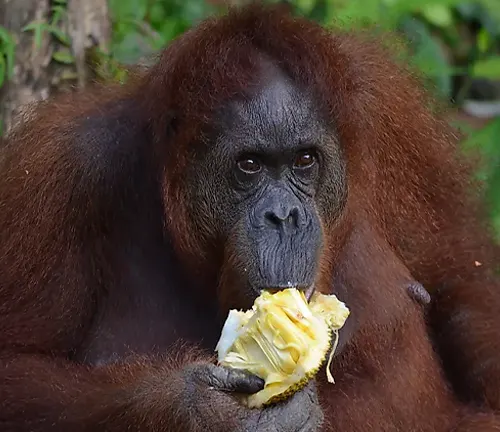
Conservation Challenges
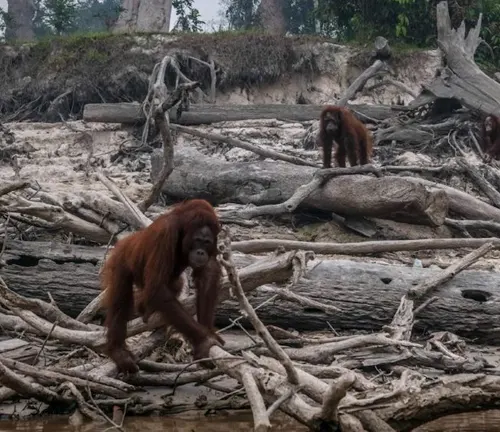
Habitat Loss
One of the most pressing threats faced by Bornean orangutans is habitat loss. Deforestation, primarily driven by palm oil production and logging, has led to the fragmentation and destruction of their natural habitat.
Illegal Wildlife Trade
These majestic creatures are also victims of the illegal pet trade. The demand for baby orangutans as exotic pets has further exacerbated their population decline.

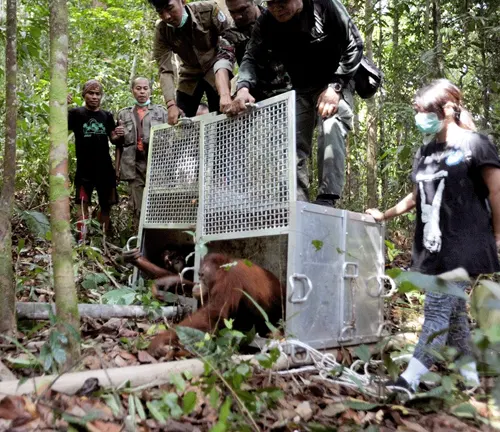
Climate Change
Climate change poses an indirect threat by altering the orangutans’ habitats, affecting the availability of their primary food sources and potentially leading to malnutrition and reduced reproductive rates.
Conservation Efforts
Rehabilitation and Sanctuaries
Numerous rehabilitation centers and sanctuaries in Borneo are dedicated to rescuing and rehabilitating orangutans orphaned or injured due to deforestation or poaching. These efforts aim to reintroduce them to the wild.
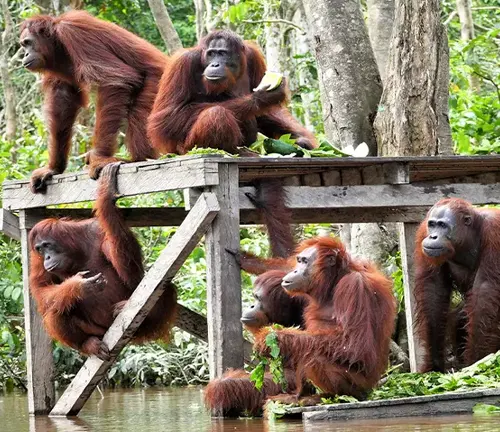

Legal Protections
International and national laws protect Bornean orangutans, making it illegal to capture, kill, or trade them. Advocacy groups work tirelessly to enforce these regulations and combat illegal wildlife trade.
Different Species
Northwest Bornean Orangutan
(Pongo pygmaeus pygmaeus)
This species is found in the northwest region of Borneo, which includes parts of Malaysia and Indonesia. They are characterized by their relatively large body size and distinct physical features.
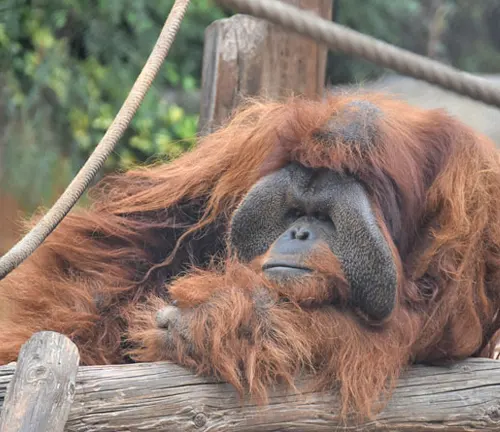
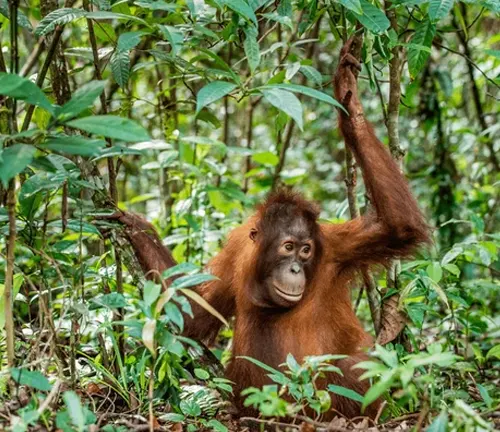
Central Bornean Orangutan
(Pongo pygmaeus wurmbii)
The central Bornean orangutan inhabits the central and southern regions of Borneo, primarily in Indonesia. They are known for their adaptability to a variety of habitats, including peat swamp forests and hilly areas.
Northeast Bornean Orangutan
(Pongo pygmaeus morio)
This species is found in the northeastern part of Borneo, including the Malaysian state of Sabah and parts of Indonesia. They are distinguished by their smaller body size and facial characteristics.
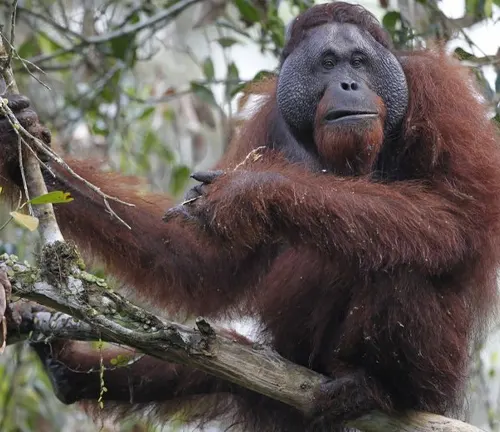
Frequently Asked Question (FAQs)
- What is a Bornean orangutan?
A Bornean orangutan is a species of great ape native to the island of Borneo. Scientifically known as Pongo pygmaeus, they are renowned for their distinctive reddish-brown fur, intelligence, and arboreal lifestyle. - Where are Bornean orangutans found in the wild?
Bornean orangutans are found in the wild on the island of Borneo, which is divided among Malaysia, Indonesia, and Brunei. They inhabit various forest types within this region. - How do Bornean orangutans differ from other orangutan species?
Bornean orangutans differ from other orangutan species primarily in their geographical range and subtle physical traits. They have three distinct species based on their region: Northwest, Central, and Northeast Bornean orangutans. - What is the size and physical appearance of Bornean orangutans?
Bornean orangutans have long, shaggy reddish-brown fur, prominent cheek pads in males, and are the largest arboreal animals, with males weighing up to 180 pounds and reaching heights of 4.6 feet. - Are Bornean orangutans social animals?
No, Bornean orangutans are primarily solitary creatures. Males and females interact mainly for mating, and they lead a predominantly solitary lifestyle. - What do Bornean orangutans eat in the wild?
Bornean orangutans have a varied diet, including fruits, leaves, bark, insects, and occasionally small vertebrates. They are important for seed dispersal in rainforests. - How do Bornean orangutans contribute to their ecosystem?
Bornean orangutans play a crucial role in their ecosystem by dispersing seeds through their diet, aiding in the regeneration of rainforests and maintaining biodiversity. - Why are Bornean orangutans endangered?
Bornean orangutans are endangered due to habitat loss from deforestation, illegal wildlife trade, and the impacts of climate change. - What are the major threats to Bornean orangutans in the wild?
The major threats include habitat loss, illegal wildlife trade, and the changing climate, all of which disrupt their habitat and food sources. - What conservation efforts are in place to protect Bornean orangutans?
Conservation efforts include rehabilitation centers, legal protections, and advocacy groups working to safeguard their habitats and enforce regulations. - Can Bornean orangutans be kept as pets?
No, it is illegal to keep Bornean orangutans as pets due to international and national laws protecting them. - Do Bornean orangutans have any natural predators?
Bornean orangutans do not have significant natural predators, although large pythons and clouded leopards may pose a threat to infants. - What is the reproductive behavior of Bornean orangutans?
Bornean orangutans have a slow reproductive rate, with females giving birth to a single offspring every 6-9 years. Mating is non-seasonal, and males attract females with vocalizations and displays. - How long do Bornean orangutans typically live in the wild and in captivity?
In the wild, they can live up to 30-40 years, while those in captivity may have longer lifespans, sometimes exceeding 50 years. - What is the significance of Bornean orangutans in the study of primate evolution?
Bornean orangutans provide insights into the evolution of primates and our shared ancestry with these intelligent and highly adapted great apes. Their study contributes to our understanding of the primate family tree.








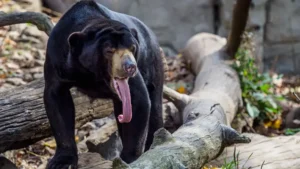
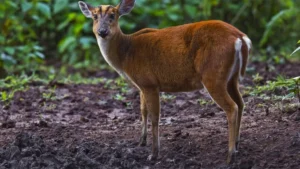
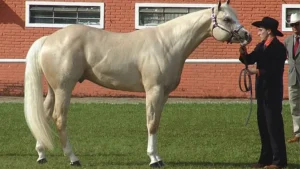
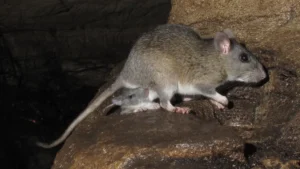
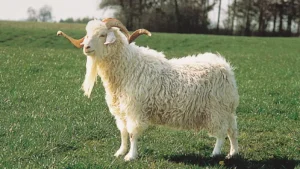

Leave your comment